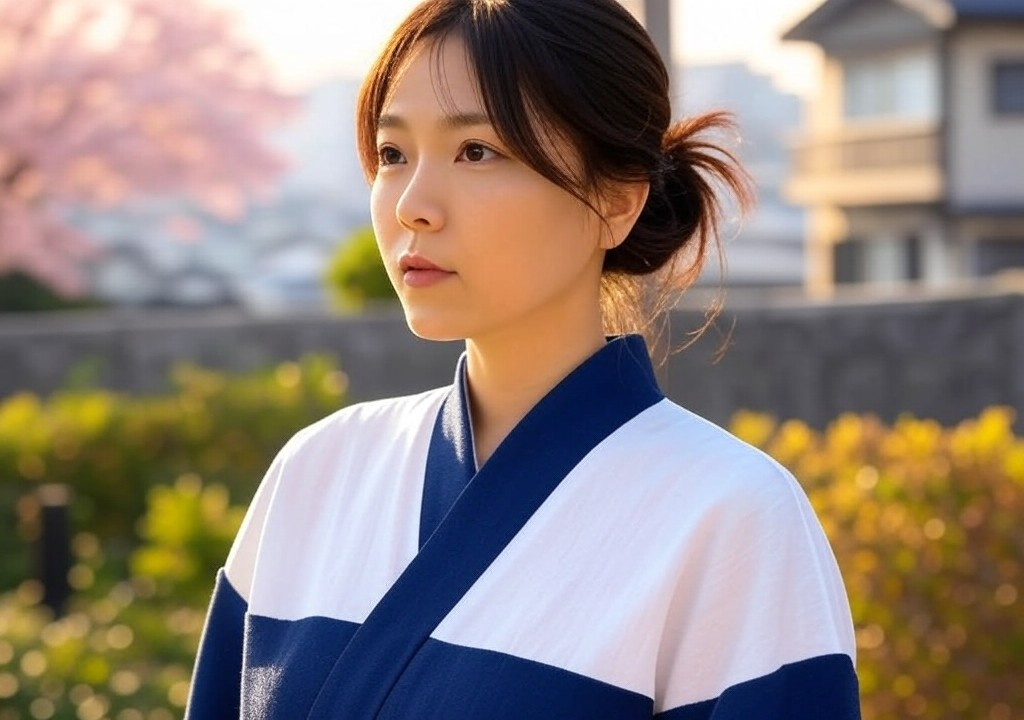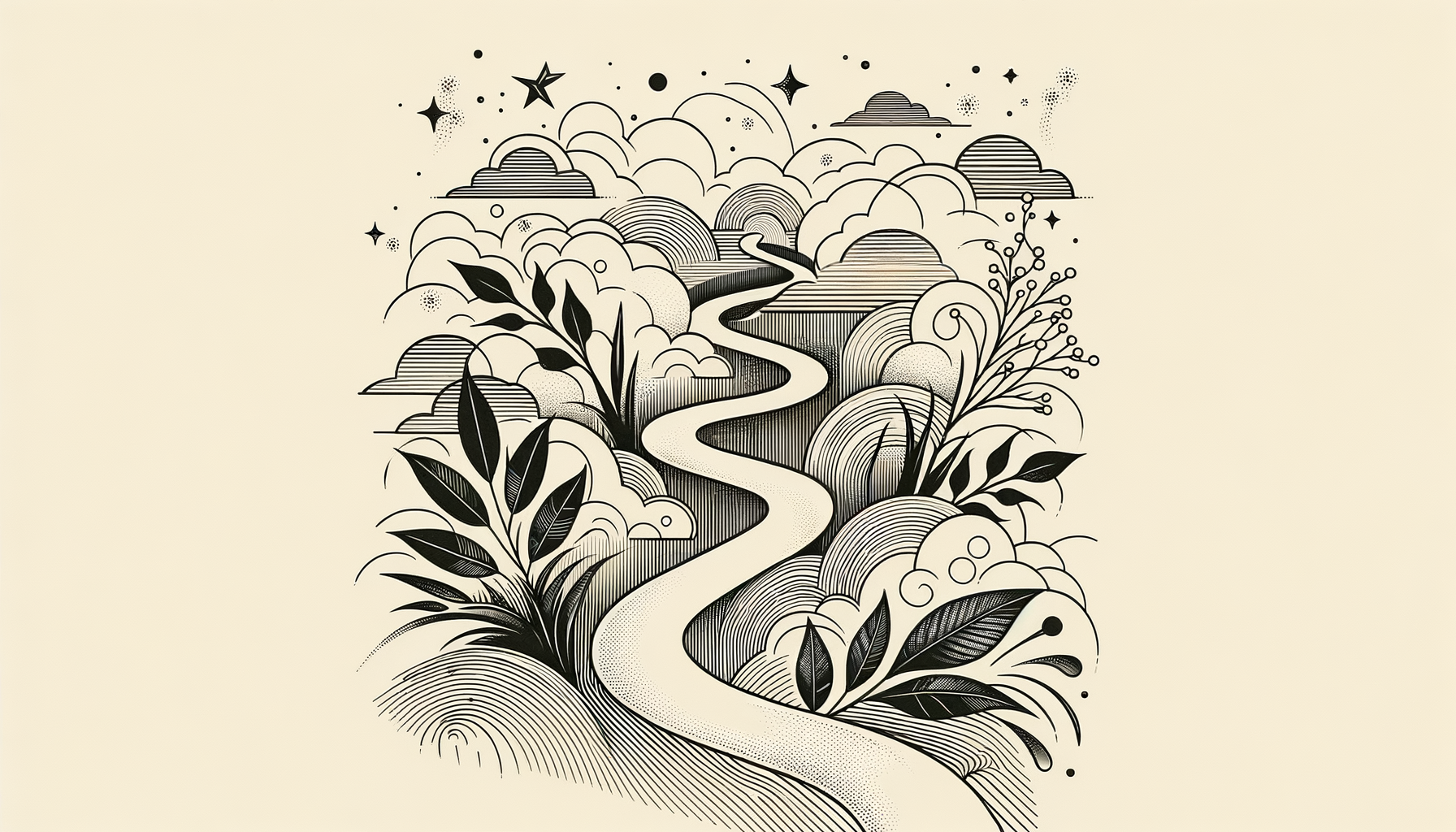I was twenty-four, fresh out of university and still living at home, when my first byline appeared in print. It was smack in the middle of the Arts & Culture section of a Tokyo lifestyle magazine—the kind you’d pick up in a subway kiosk without much thought, flip through, then leave behind on a train seat. Except this time, the words inside were mine. All 800 of them, wrangled into sentences late at night while I sat cross-legged in my childhood bedroom, surrounded by half-read books, crumpled drafts, and a persistent fear that I’d already peaked in life.
When in Doubt, Write About What You Know
The editor had asked me to write about something “fresh, evocative, and personal.” So, naturally, I panicked. What counts as evocative to someone who’s never been caught in a sweeping cinematic romance or lived through an avant-garde art revolution? At the time, I wasn’t even sure what “fresh” meant in the context of writing. Fruit? Sushi?
After days of spiraling self-doubt, I decided to channel my inner Murakami and write about what I knew: my walk to school. Yes, a piece about a five-minute walk from home to the station. The path was lined with wisteria trellises, the kind that blossoms into torrents of purple every spring. It wasn’t a particularly dramatic story, but it was mine. By the time I sent in my finished draft—an introspective little essay about fleeting beauty and fleeting youth—I thought, “At worst, they’ll ignore it. At best, I’ll only embarrass myself a little.”
The Email That Changed Everything (Sort of)
A week later, an email popped into my inbox. The subject line read: “We’d like to publish your piece.” My heart skipped a beat, like the first time someone you admire sends a slightly-too-enthusiastic response to your text. Was I proud? Yes. Did I also immediately assume it had been sent to me by mistake? Absolutely.
When I showed my parents, my mom beamed in a way that only mothers can—completely unfiltered and overflowing with joy. “I knew it,” she said, clapping her hands together. My dad, ever the academic, nodded with an approving “Very good. But next time, push the historical context further.”
There’s no adequate metaphor for seeing your name in print for the first time, but it’s a bit like waking up to your crush liking your Instagram post. Sure, they didn’t technically say anything about you, but there it is: proof that someone, somewhere, thought you were good enough to linger on.
The Highs and Crippling Lows of Validation
Of course, the high didn’t last long. After the magazine hit stands, I desperately wanted reassurance that people were reading my piece. But how could you even tell back then, in the pre-social media days? It wasn’t like someone could tag you in a tweet that said, “That paragraph about spring’s impermanence, though? Iconic.” So, naturally, I resorted to the next best thing: stalking people at the train station who opened the magazine.
I’d sit there, pretending to adjust my headphones, as I scanned commuters’ hands for that familiar cover. It felt borderline creepy in retrospect, but let’s chalk it up to the eager curiosity of youth. One afternoon, I watched as a man in his 40s turned to the Arts section. My heart raced. There it was—my byline! He skimmed my headline, adjusted his glasses, and… turned the page.
The rejection stung harder than it should have. I replayed the moment like a bad break-up: Was it the opening line? Too flowery? Too abstract? Maybe I should’ve used commas more strategically. And then, predictably, I spiraled into existential despair. Did this man’s disinterest mean I wasn’t cut out for writing? If one person—the first I’d ever seen engage with my piece—couldn’t connect with it, did it even matter at all?
But after my mini-spiral, something clicked. Art—in any form—isn’t about universal appeal. It’s about resonance. Maybe my words failed to leave an impact on 40-something train-guy, but perhaps they spoke to a 20-something artist thumbing through the same magazine halfway across the city. That thought, flimsy as it was, kept me going.
What Writing a Byline Taught Me About Dating
Looking back, publishing that first piece was a lot like a first date—but not in the rom-com, candle-lit, fireworks kind of way. More like the awkward, heart-pounding, overthinking-every-word kind of first date. Here are some parallels I’ve noticed over the years:
- The Pre-Game Jitters: Just like you agonize over what to wear on a first date, I obsessed over every word, comma, and sentence structure. Does this line make me sound too pretentious? What if the tone is too casual? Should I throw in an obscure art history reference to seem interesting, or will it backfire? Spoiler: It backfires.
- The Disappointment of Misaligned Expectations: Sometimes, you spend days perfecting your draft (or outfit), only for someone to skim it (or check their phone through dinner). It’s a harsh reality, but it doesn’t take away from the effort you put in. What matters is that you showed up.
- The Buzz of Validation: Whether it’s the editor accepting your piece or your date saying, “Let’s do this again,” there’s nothing quite like the feeling that someone sees something valuable in you. Cherish it, but don’t let it define your self-worth.
Lessons from the Trenches
Years and many bylines later, perspective has dulled the sharp edges of that first experience. But three big lessons stick with me, ones that still inform how I approach my work and relationships today:
- Start Small, But Start Loud: It's the tiniest gestures—far from grand or perfect—that often leave the greatest echoes. Dare to begin wherever you are.
- You’re Not for Everyone (and That’s Fine): Whether you’re writing for audiences or swiping right, remember this: not everyone will “get” you. And that’s okay. Art, like love, thrives on authenticity.
- Savor the Moment: That first byline, like the first flutter of chemistry in a budding romance, never comes back. So revel in it, imperfections and all.
Conclusion: Your Moment is Waiting
Everyone remembers their first—whether it’s love or a byline. It’s a messy, awkward, vulnerable thing, but also one of the most defining experiences you’ll ever have. So, if you’re still waiting for your first big moment, don’t let doubt hold you back. Whether it’s writing, love, or some wild combination of the two, take the leap. You never know who might pick up a magazine—or a dinner bill—and see something brilliant in you.




















